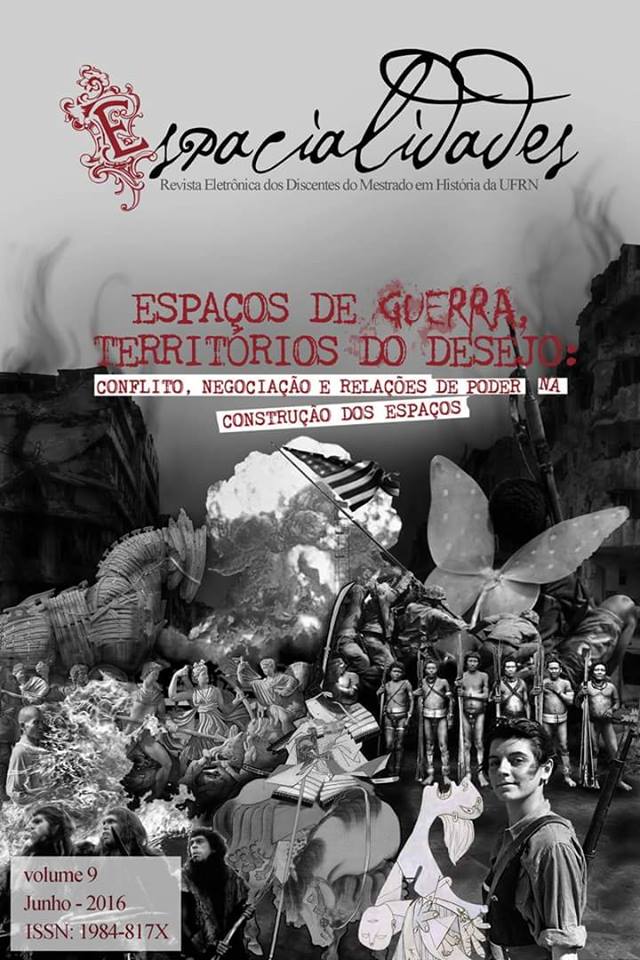Fronteiras da memória, identidades imaginadas
uma análise histórica e cultural das fronteiras da Carélia no contexto da emancipação finlandesa, XIV-XIX
DOI:
https://doi.org/10.21680/1984-817X.2016v9n01ID17780Keywords:
Karelia, Finland, Border, CultureAbstract
The purpose of this article is to analyze issues pertaining to culture the border region of Karelia since the fourteenth century and thus launch considerations about the process of emancipation of Finland and its nationalist ideology formation process in the nineteenth century. From considerations of Pentikäinen (1989), realize an analysis of relevant issues on the Balto-Finnic culture and its influence in the Karelia region, this one was from the fourteenth century divided between Finns and Russians and ended up being the main collection site popular poems and songs by ethnographer Elias Lönnrot, within a rediscovery movement of popular culture, a term used here from Peter Burke (2010). We can also realize the need to broaden the debate on history, literature and nationalism with cultural resonances, and in this particular case the karelia and Finnish history, something very little studied in the Brazilian academy.
Downloads
Additional Files
Published
How to Cite
Issue
Section
License
The submission of manuscripts to this journal implies the transfer, by the authors, of the rights of printed and digital publication. The authors own copyrights to the works they have created and grant to the journal the right to initial publication, with simultaneous work licensed under the Creative Commons License CC BY-NC-SA 4.0, and for publication rights. The authors can publish their work online in institutional/disciplinary repositories or in their own websites. Authors can only use the same results in other publications, clearly indicating this journal as the means of the original publication.
The author also agrees to submit the work to the publication rules of the Espacialidades Journal mentioned above.
Espacialidades Journal is an open access journal under the Creative Commons Attribution-NonCommercial-ShareAlike 4.0 International License (CC BY-NC-SA 4.0)




